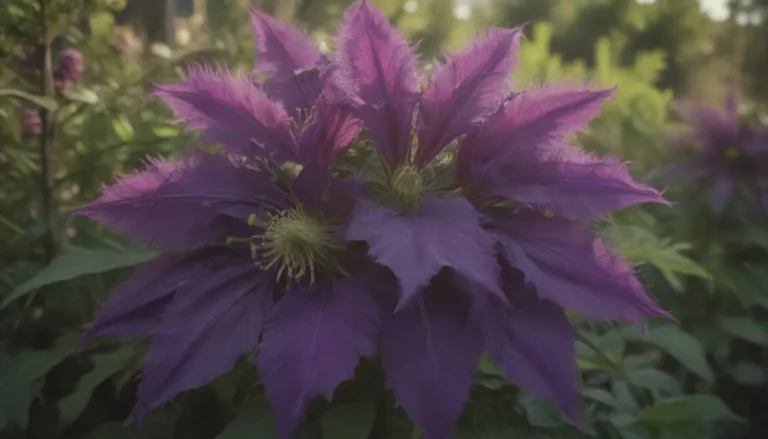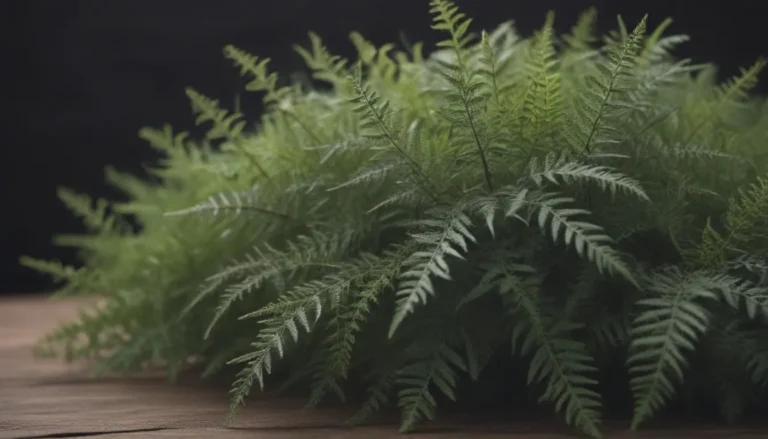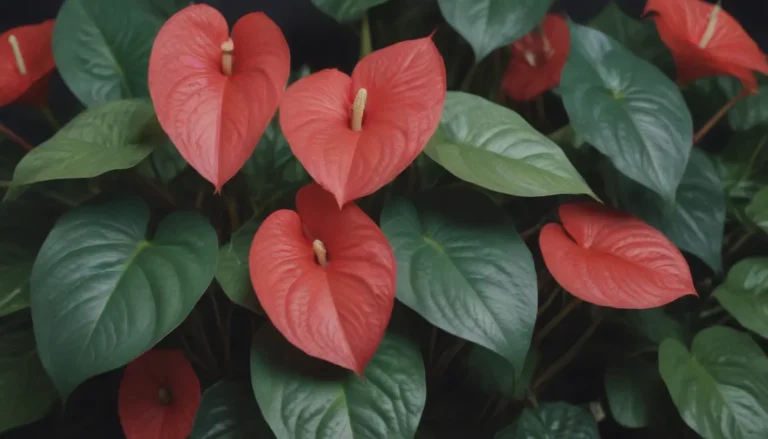How to Successfully Grow Pomegranates Indoors

Are you interested in bringing the beauty and benefits of pomegranate trees into your home? If so, you’ll be pleased to know that pomegranate trees can thrive indoors under the right conditions. These unique trees are not only aesthetically pleasing with their glossy leaves and brilliant red flowers, but they also produce a bounty of sweet, juicy seeds packed with nutrients. In this comprehensive guide, we will explore everything you need to know to successfully grow pomegranates indoors, from sunlight and temperature requirements to pruning and maintenance tips. So, let’s dive in and learn how you can enjoy the fruits of your labor right in your own home!
Can You Grow Pomegranates Inside?
Before we delve into the specifics of growing pomegranates indoors, you may be wondering if it’s even possible to successfully grow these trees inside your home. The good news is that with the right conditions, you can indeed grow pomegranate trees indoors. Here are some key points to consider:
- Pomegranate trees require ample sunlight to thrive, so ensure you can provide between 6 to 10 hours of sunlight per day.
- Consider dwarf varieties for indoor growing, as they are more compact and better suited for smaller spaces.
- Be prepared for pruning, especially in the tree’s early years, to encourage healthy growth and fruit production.
- If you wish to harvest fruit, you may need to hand-pollinate the flowers, as indoor trees may not attract natural pollinators.
How To Grow Pomegranates Indoors
Now that you’re ready to embark on your indoor pomegranate growing journey, let’s explore the key factors that will contribute to your tree’s success inside your home.
Sunlight
Sunlight is essential for pomegranate trees to produce fruit, so it’s crucial to provide your tree with adequate light. Here are some tips for ensuring your pomegranate tree gets the sunlight it needs:
- Aim for at least 6 to 10 hours of sunlight per day.
- Select a south or west-facing window for optimal light exposure.
- While pomegranate trees can tolerate partial shade, full sun is preferable for fruit production.
Temperature and Humidity
Creating the right temperature and humidity conditions is key to the health and growth of your indoor pomegranate tree. Consider the following factors:
- Pomegranate trees prefer hot, dry summers and cool winters.
- Ideal growing temperatures are above 80 degrees Fahrenheit.
- High humidity can inhibit flowering, so consider using a dehumidifier if needed.
- Ensure good air circulation by placing your tree near a fan or open window.
Watering
Proper watering is essential for the health of your pomegranate tree, especially during the initial years of growth. Follow these watering guidelines to keep your tree thriving:
- Keep the potting mixture moist but not waterlogged.
- Check the soil regularly and water when it feels slightly dry.
- Avoid overwatering, as this can lead to fruit splitting and other issues.
Fertilizer
Feeding your pomegranate tree with the right nutrients is crucial for healthy growth and fruit production. Consider the following tips for fertilizing your indoor tree:
- Feed your pomegranate tree biannually in early winter and spring.
- Use organic, nitrogen-rich compost or mulch for feeding.
- Avoid over-fertilizing, as this can result in excessive foliage growth.
Pruning and Maintenance
Regular pruning is essential for shaping your pomegranate tree and promoting fruit production. Follow these pruning and maintenance tips for a healthy and productive tree:
- Prune your tree regularly, especially in the first few years of growth.
- Remove excess shoots and suckers to encourage healthy growth.
- Thin out fruits as they develop to ensure optimal fruit size and prevent branch breakages.
Pollination
Since indoor pomegranate trees may not attract natural pollinators, you may need to hand-pollinate the flowers to encourage fruit production. Follow these steps to pollinate your tree:
- Use a small paintbrush, toothbrush, or cotton swab to transfer pollen between flowers.
- Differentiate between hermaphroditic and male flowers for effective pollination.
- Hand-pollinate your tree regularly to ensure fruit development.
Container and Size
Choosing the right container size and type is essential for the health and growth of your indoor pomegranate tree. Consider the following tips for selecting the ideal container:
- Choose a container size based on the pomegranate cultivar you select.
- Larger trees may require a 10-gallon container, while dwarf varieties may need smaller containers.
- Opt for a wide, shallow container with good drainage for the tree’s shallow root system.
Potting Soil and Drainage
The type of potting soil and drainage system you use can significantly impact the health of your pomegranate tree. Follow these guidelines for optimal soil and drainage conditions:
- Use a light potting mix with additions of peat, perlite, or vermiculite for good drainage.
- Avoid waterlogging, as it can lead to root rot and other issues.
- Consider repotting your tree every few years to prevent root-bound conditions.
Propagation and Fruit Harvest
If you’re looking to propagate your pomegranate tree or harvest fruit, consider the following tips for successful propagation and fruit harvest:
- Propagate from hardwood cuttings in the winter for best results.
- Hand-pollinate flowers for fruit development.
- Harvest ripe fruit when the rind appears matte and makes a metallic sound when tapped.
In conclusion, growing pomegranates indoors can be a rewarding and enjoyable experience with the right knowledge and care. By providing your tree with ample sunlight, proper watering, and regular maintenance, you can enjoy the beauty and bounty of these unique trees right in your own home. So, roll up your sleeves, grab your pruning shears, and get ready to grow your very own indoor pomegranate tree!





